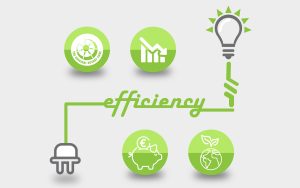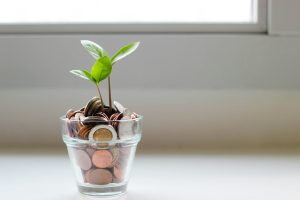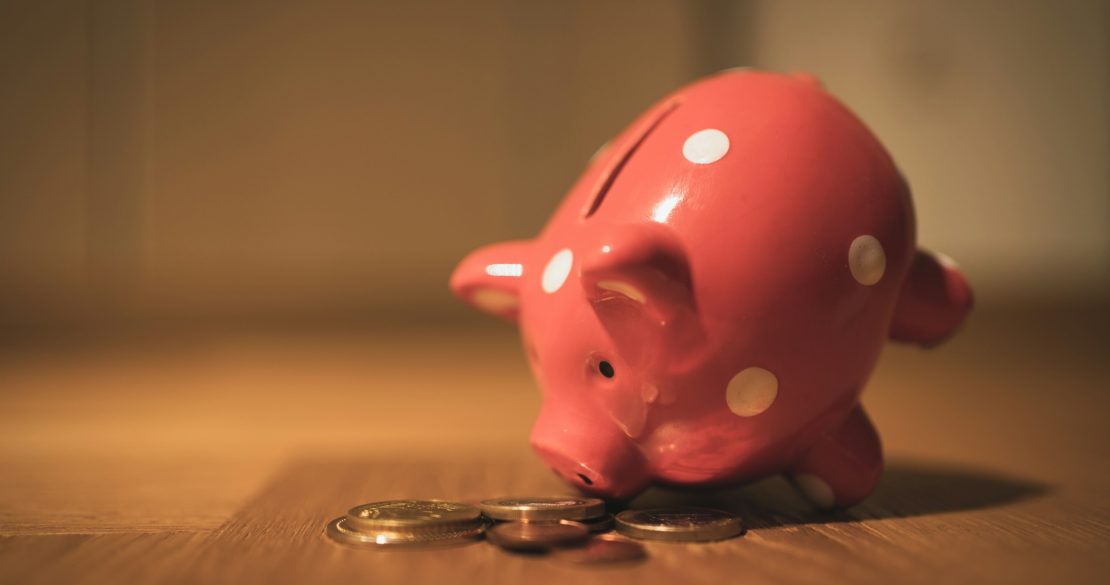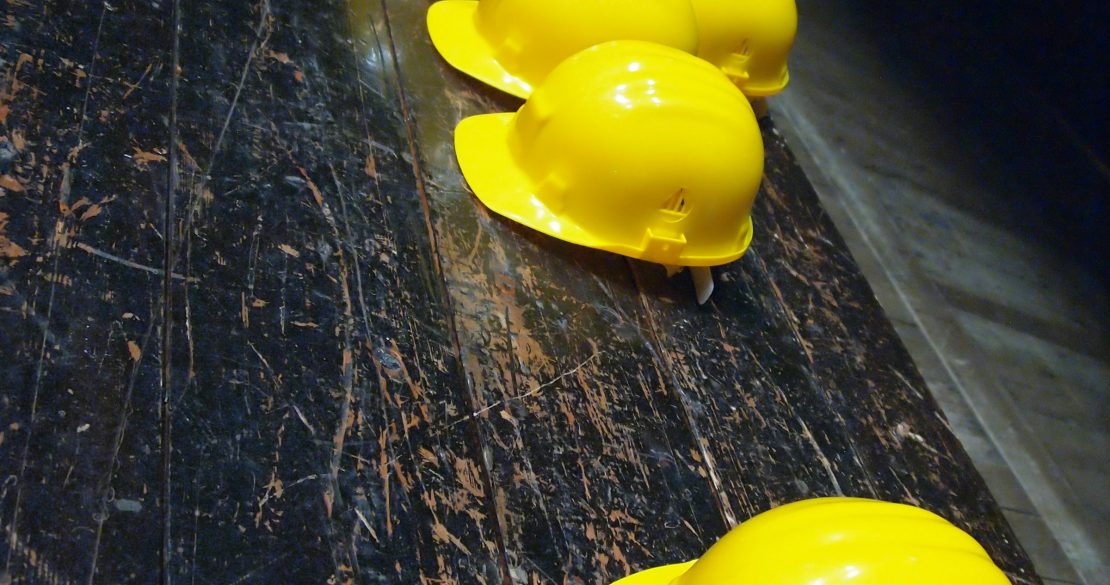The building and construction industry is often slow when it comes to adopting new practices and materials. In a world where sustainability and natural resource management are preferred – and expected – the industry has made leaps and bounds to answer these expectations.
Further, adoption of new practices and materials costs money, and when starting out costs are high. Materials and tools are new, with not as much available as the more traditional and widespread offerings. As popularity of these materials and practices increases and access goes up, costs go down, but what is the hit to profitability – and how long could it last? Balancing the two can be tricky, but there are ways to achieve sustainability in development without sacrificing too much profitability.
Table of Contents
What is Sustainability?
The Connection Between Sustainability and Profitability
Ways to Implement Sustainability While Maintaining Profitability
Allocate Funds
Take Baby Steps
Remote Work
Work in Phases
Energy Efficiency
Renewable Energy
Embrace Technology
Circular Economy
Take a Different View
Benefits of Implementing Sustainability
Satisfy Stakeholder Demand
Regulatory Compliance
Boost Your Brand
Final Thoughts
What is Sustainability?
In general, ‘sustainability’ is often associated with use of natural resources and harmful chemicals or methods. The goal of sustainability it to remove these environmental blights to leave behind not just a new development, but one that benefits the environment and community surrounding it without sucking up valuable resources.

‘Sustainability’ may also have more specific definitions, like the use of recycled or locally-available materials, implementing prefabrication to reduce the CO2 emissions related to projects, and more. Sustainability also extends to internal business practices like offering hybrid work options and eliminating jobsite waste by encouraging the use of reusable containers rather than one-use items.
The Connection Between Sustainability and Profitability
When considering how to balance the two in your next development project, you’ll see the strong and undeniable link. While the mentality of ‘get it built and get it open and generating money’ may be attractive in the short term, businesses, and especially land development businesses, need to think beyond opening dates to how their buildings will leave a mark on the environment and the community long past opening day. Sustainability lasts far into the future, generating profits throughout the life of the development.
Ways to Implement Sustainability While Maintaining Profitability
As you evaluate how your next project can balance the two, you may get the urge to make sweeping changes all at once. In the introduction, we stated the industry is slow to adopt such practices, and doing so can be expensive. Making all of these changes at once can significantly reduce or eliminate the potential for profitability until many years down the road. To find the best balance:
Allocate Funds
There are a number of stakeholders in a development project of any size. The client, the contractor, all of the subs, and possibly the community or local government. Ensure you know where funds are coming from and how much money you have to work with. You may only be able to implement one or two of the dozens of sustainability options when first embarking on your journey toward ultimate sustainability in all of your development projects going forward.

Take Baby Steps
Before starting your next development project, make an outline of how you’ll implement sustainable practices throughout. You may be thinking big, like using heavy machinery powered by battery rather than environmentally-harmful diesel fuel, or turning to prefabricated roof trusses and other large pieces, but those changes come with a large price tag.
Some baby steps to take:
– Reusable cups or mugs and food containers rather than disposable
– Walk or carpool to a local restaurant, and stay to eat rather than grabbing takeout in foam containers and plastic bags
– Implement project management software that can send mass emails, host files, and bring together project data in one place for everyone to access. Digital communication reduces the need for paper memos posted on a wall or sent to each employee. Ensure all employees who will be using the software get trained using it!
Remote Work
When the COVID-19 pandemic hit, the world came to a grinding halt. Just about every business, including those in the construction industry, stopped work. Construction equipment was turned off and workers were sent home. In an effort to keep moving forward, many people began working from home.
The building and construction industry is mostly an on-site job, requiring most if not all workers to be present at the construction site throughout the duration of the project. But office staff like HR, sales, the social media manager, and the webmaster can easily do their work from home. Those cars stay off the road (reducing CO2 emissions), on-site energy use is reduced, and you may not even need an off-site office.
Another bonus: happier workers. It’s been shown that workers who are offered all-remote or hybrid work options are happier and more efficient and productive.
Work in Phases
Just as your development project is done in phases, the balance of sustainability and profitability comes from working in phases. Start with the baby steps mentioned above, then implement bigger things energy-efficient LED lighting, better insulation, sustainable building materials, and smart systems for HVAC, plumbing, and electrical.
A major consideration here is cost. You can choose to incur all of these costs all at once during the initial build, or leave room for upgrades or retrofits in the years ahead. Keep in mind, retrofitting can and likely will including ripping down drywall, turning various utilities off, and other major disturbances that may halt or relocate the work of the business for a time.
Energy Efficiency
Whenever the top of sustainability comes up, so does the topic of energy efficiency. It’s one of the most easy and basic steps to take and is as easy as changing the type of light bulb you use, or the low-flow fixtures in bathrooms.
Renewable Energy
Earth’s resources are precious and finite. Implementing renewable resources in development at both the construction level and the final building keep long-term costs low, increasing profitability over time.
Embrace Technology
Drones can be used to take accurate, real-time pictures of the jobsite for long, laborious, or dangerous activities like land surveys or pinpointing existing underground utilities like electrical or Internet wiring.

Other technologies, like artificial intelligence (AI) can do a lot when it comes to sustainability and profitability. AI systems with sensors that can detect whether people are in the room and adjust lighting accordingly, or outdoor sprinkler systems that can detect rainfall and adjust watering schedules based on moisture levels are just a couple of the advanced systems that save resources and money – increasing sustainability and profitability over time.
Circular Economy
When designing a building or large development with sustainability and profitability in mind, take the circular economy approach. By designing for building longevity and material reuse or recycling, developments minimize waste and consumption both short- and long-term.
At the end of a building’s useful life, or when renovations are needed or wanted, be sure to evaluate materials before swinging a sledgehammer into good-condition recyclable or reusable materials. Reusing and recycling these materials not only keeps them out of landfills but also saves money on buying new.
Take a Different View
Rather than viewing the implementation of sustainability as an expense, view it as an investment – in your business, in the specific development project, and in the environment. It will take time to reap the benefits on all of these fronts, but the investment now means rewards in the future rather than the need for expensive ane exhaustive upgrades and retrofits that could have been handled from the beginning of the project.
Benefits of Implementing Sustainability
Aside from long-term profitability, implementing sustainable development strategies has benefits you may not have thought about, many of which lead to profitability through more than just cost savings.
Satisfy Stakeholder Demand
With the popularity of sustainable practices across all industries, stakeholders in the building and construction industry demand some sort of sustainability use in every project. Cutting CO2 emissions is a big concern, along with creating products (like buildings) with sustainable materials.
Regulatory Compliance
State and local governments have regulations when it comes to every business, including those in the building and construction industry, some of which relate to sustainability. When you adopt more sustainable practices and materials in your next development project, you can easily check these boxes and avoid costly rework just to achieve compliance. While you may not set out to achieve LEED or BREEAM status, including as many sustainable measures as possible brings you closer to getting these stamps of approval.

Boost Your Brand
Some communities react negatively to a new development, complaining that the added noise and environmental disturbance outweighs what the final product will add to the community. Developments can result in more housing, more jobs, and many other future benefits.
By being a developer that also takes advantage of sustainable building practices, you endear yourself to clients as well as the surrounding community. They’ll know a building produced by your company will cause minimal environmental impact and bring a much-needed improvement to the area. You’ll quickly soar to the top of the list for future development projects.
Final Thoughts
There are many things to think about when you begin your journey to implementing sustainability in your development projects. From the number of ways to implement change to the benefits you and your stakeholders reap, it’s no surprise sustainability is linked to profitability.
The staff at Realty Asset Advisors can guide you in the implementation of sustainable practices to leave a positive impact that will increase profitability now and well into the future.
Contact us today!









